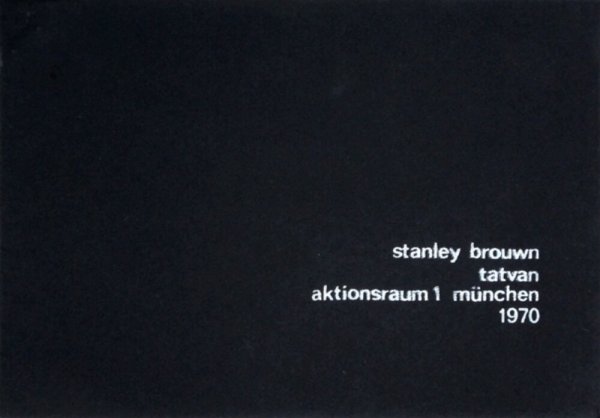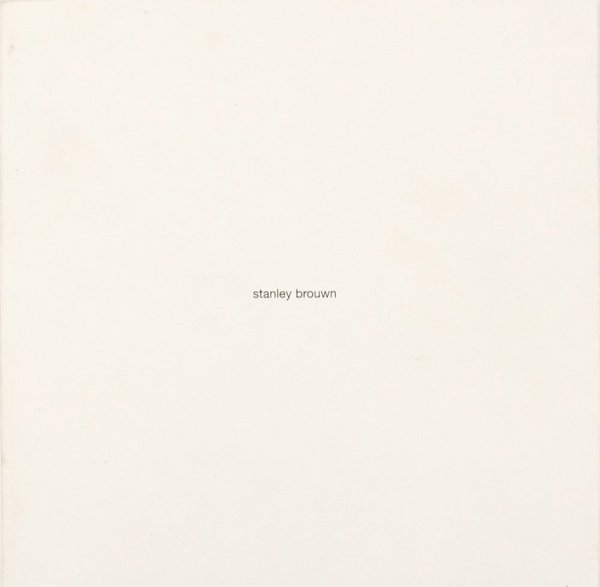stanley brouwn
Born in Paramaribo in 1935, at the age of twenty-two stanley brouwn moved to Amsterdam, where he encountered the Zero movement, consisting of artists who sought anonymity and who left their works unsigned. This early influence helps to explain the direction taken by brouwn, who was to go on to explore the dematerialisation of art and the disappearance of the author. Following early attempts at making sculpture from iron and wood, he soon began to consider the role played in an artwork by the receiver, including early actions in which he dropped papers on the streets of Amsterdam and asked passers-by to draw their routes there. In the early 1960s, he developed some of his best-known works, which consisted of walks that were somehow recorded by the artist. He produced an extensive body of work that explored units of measurement, especially those that he invented based on various parts of his body, such as his foot, arm or hand. A dematerialised, conceptual, performative and peripatetic art, over which he maintained strict anonymity, withholding biographical information, limiting the circulation of his images and writing his name in lowercase letters.
His works were included in international exhibitions such as Documenta, Kassel (1972, 1977 and 2002) and the Venice Biennale of 1982. With multiple exhibitions in various cities in Europe and America, including major retrospectives at the Van Abbemuseum in Eindhoven and MACBA, Barcelona (2005).






![stanley brouwn : [material: iron pipe, lenght: 1 step]](https://img.macba.cat/public/styles/large/public/imagenes/archivo/documento_archivo_A00019.jpg?itok=-K1GiSvn×tamp=1589219083)

![stanley brouwn : [material: iron pipe, lenght: 1 ell]](https://img.macba.cat/public/styles/large/public/imagenes/archivo/documento_archivo_A00018.jpg?itok=NWjoQmiZ×tamp=1589219082)
